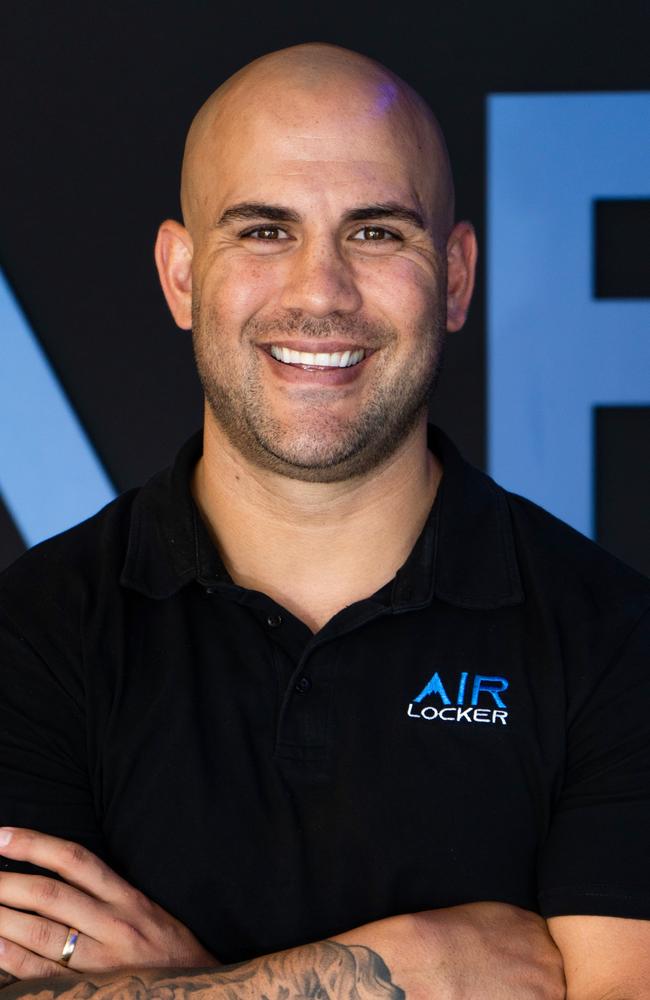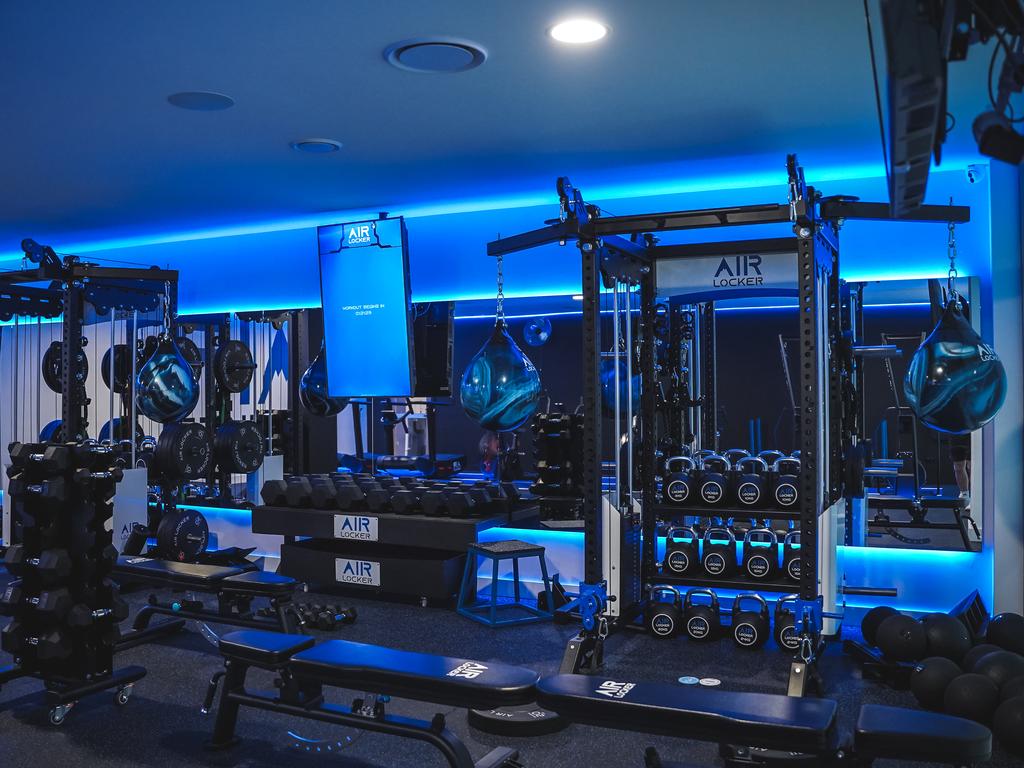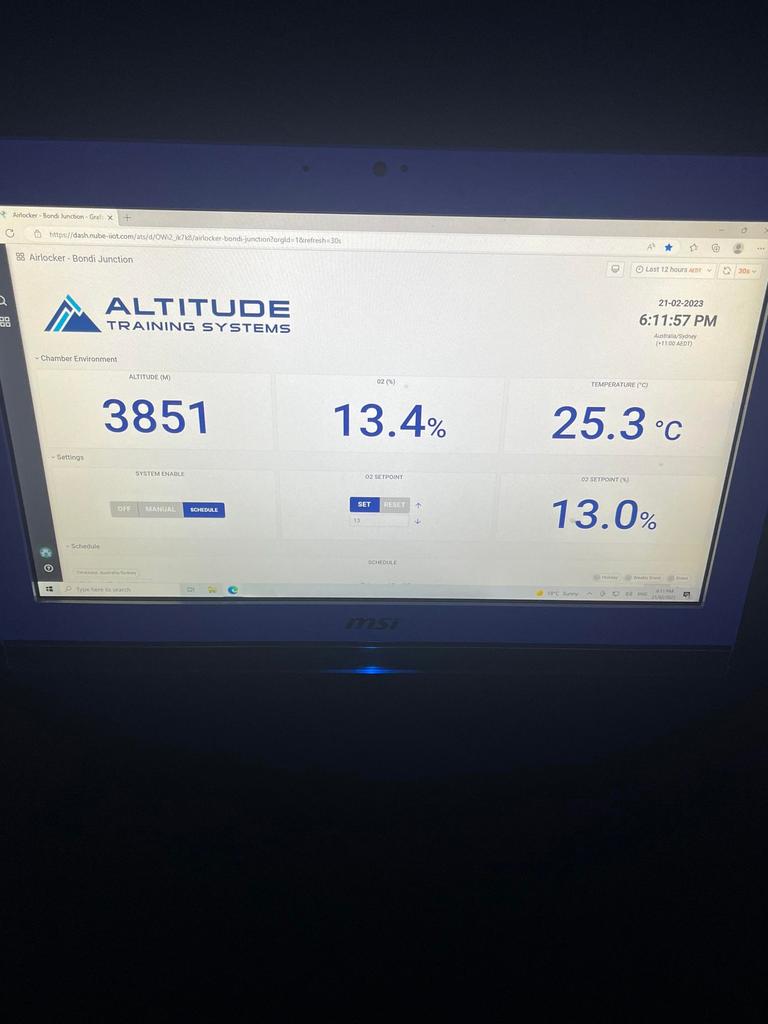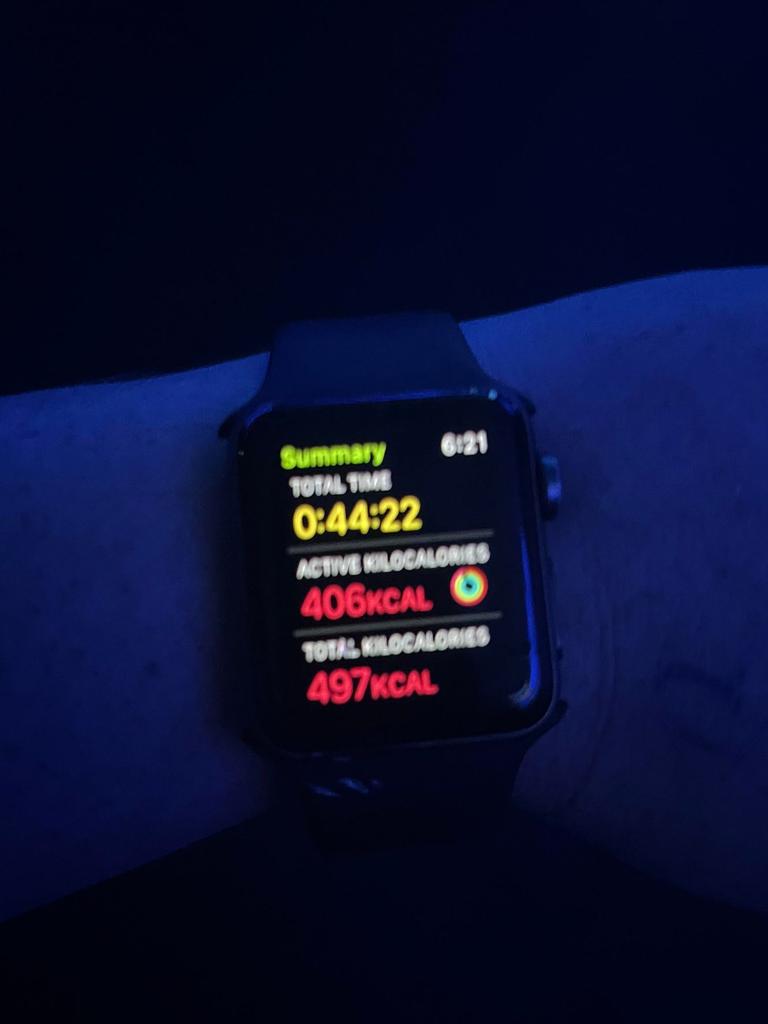YGT: How to burn roughly twice as many calories doing the same workout
This gym claims people can supercharge their calorie burn, thanks to one special feature that has a host of other health benefits too.

Welcome to You Got This, news.com.au’s weekly fitness series featuring stories and ideas from real women who’ve experienced it all.
It’s a new style of fitness training that is picking up around the world – altitude training.
Roman Brady founded Air Locker in his hometown of Newcastle, NSW, in 2019 and in 2023 there are plans to open up 55 gyms around the country and world, with facilities set to appear in North Sydney, WA and South Australia as well as Canada, the UK and the Middle East.
The gym involves people getting into a room where oxygen levels mimic the conditions of being thousands of metres above sea level.
“I wanted to get involved with the fitness and health and wellness industry, as previous to this, I was CEO of a gold mining company,” Roman told news.com.au.
“I was looking after their building materials sector, so there was a lot of travel away from family.”

He then stumbled onto altitude training and hypoxia therapy and their health benefits and began to look at a way to commercialise it.
Roman said altitude training had been used by everyone from the armed forces and NASA to celebrities for fat loss
“The more you look into it, you start to find that people start using it for therapy reasons, whether it be diabetes type two, or for Crohn’s disease,” he said.
“I was just blown away with you the amount of benefits that were involved with altitude training and hypoxia therapy.”
He said while there were benefits, like with any training, if people went too hard to early there could be adverse reactions.
But, the gym has measures in place such as testing member’s blood saturations to make sure they are training in an optimal zone.
He said there are often people training for treks that come into the gym – such as when the first facility opened up in Newcastle and a team from the Mark Hughes Foundation headed in to get ready for climbing Mount Kilimanjaro, one of the charity walks they do.

But all groups are welcome, with some school students even heading in for sport.
Roman said for anyone trying altitude training for the first time, drink a lot of water prior to coming in because walking into higher altitude means you’re breathing in a lot more to get in air, which can result in a dry mouth.
“I find that with new members, they are having a level of anxiety and nerves prior to their first session, but I always find it’s a good idea to bring a friend in,” he said.
“Every one of our staff is extremely friendly and welcoming. and once you get there they will talk you through what’s going to happen and how they should feel how it should approach that workout.”
He said a lot of classes work with progressive strength and cardio machines, adding it is more weights based than F45 but not as hardcore as Cross Fit.
Road test by news.com.au
High intensity interval training isn’t typically part of my workout routine – team sports, swimming, walking and strength training is my usual jam.
So, the idea of doing a lower body HIIT workout 4000 metres above sea level was, to put it lightly, daunting.
I was convinced I was going to pass out or vomit.

This is just one type of class offered at Air Locker, but it seemed to be the one I’d most like.
Walking into the room you can feel a rush of air, and it’s cool, with my mind immediately going to what it is like being on a plane.
The room is dark as the head trainer talks through the exercises, which in this case was six rounds of three exercises, repeated twice, for 45 seconds each.
A lot of the exercises I’d never done before, like frog squats and the ski machine, while others were a new take on ones I had done before like using a weight and a band to do hamstring curls.


My first exercise was running on the assault treadmill, which for me, made it a difficult workout from the get-go.
I am convinced I’m going to fall and smack my face.
As I moved through the workout, I was enjoying it. I could feel my heart beating in my chest from exertion, and I was hyperaware of it, which is never something I enjoy. I found every now and then that I would have to stop and take a deep breath, just to feel like I was getting enough oxygen.
This is because as the class goes on, the altitude pressure in the room increases.
More experienced altitude trainers were doing it with ease – and this motivated me to keep going. The whole thing was a vibe – the exercises were hard, the playlist was pumping and on point and it was dark. It honestly felt like a nightclub.
The whole reason people train in altitude gyms is because it is supposed to burn 30 per cent more calories than a regular workout.


During the 45 minute session, my Apple Watch declared I had burned 400 active calories during the class.
In comparison, I burn anywhere between 200 and 250 during my own weight training sessions, and 350 during a 40 minute hockey match.
I would warn people to drink a lot of water before, during and after. I lacked on the latter and, while I was driving home, I could feel a bit of vomit rising in my throat. My personal telltale trait of a hard workout.
Personally, I don’t think this is a workout I would do all the time but it is definitely one I’d incorporate once a month – or more – to kick my butt into gear.
The science behind it
One of the many benefits of altitude training is that it allows more oxygen to flow to muscles and increase aerobic capacity, according to Healthline.
The best way to incorporate it into your workout routine regularly is to reduce the intensity of the workout, and slowly increase the elevation when starting out.
Another tip is to practice breathing exercises and return to sea level training gradually.
When starting out, interval hill training creates a similar effect.
However, there can be some side effects such as lack of appetite, vomit, nausea, headache and tiredness.
Severe cases of altitude sickness can be swelling in the brain or lungs.






